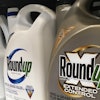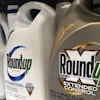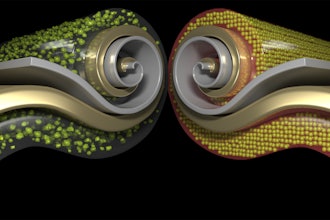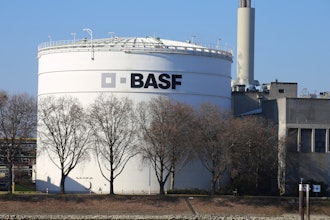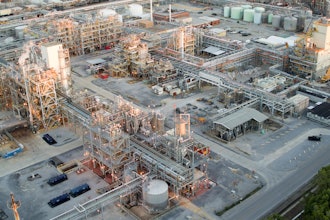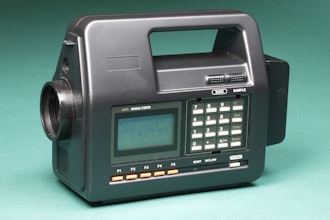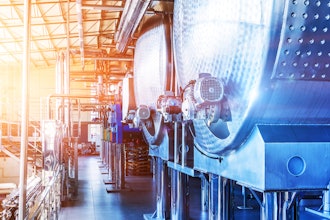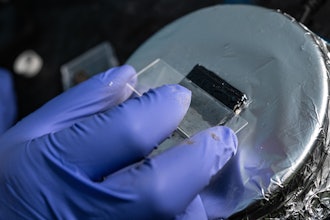Canadian researchers this week announced the discovery of a battery reaction that could pave the way for the "holy grail of electrochemical energy storage."
Chemists from the University of Waterloo successfully isolated a substance called the proton phase transfer catalyst, which allowed them to increase the capacity of a sodium-oxygen battery as well as achieve a near-perfect battery recharge.
The researchers said that the same process could eventually be used for lithium-oxygen batteries, potentially resolving the cost and size constraints of the lithium-ion batteries currently used to power everything from cell phones to electric cars.
Lithium-oxygen reactions are too unstable to generate sufficiently long battery life, but the Waterloo scientists said they're investigating redox mediators in order to enable more efficient charging.
The research, published in the journal Nature Chemistry, could also offer additional applications for sodium-oxygen batteries, which hold less energy than their lithium counterparts but are cheap enough for large-scale storage.
“Our new understanding brings together a lot of different, disconnected bits of a puzzle that have allowed us to assemble the full picture,” Chemistry Professor Linda Nazar said. “These findings will change the way we think about non-aqueous metal-oxygen batteries.”
Chemists' Discovery Could Lead to Greatly Improved Energy Storage
Canadian researchers this week announced the discovery of a battery reaction that could pave the way for the "holy grail of electrochemical energy storage."
May 28, 2015
Latest in Chemical Processing
Jury Awards $332 Million to Man in Monsanto Case
November 3, 2023
EPA Boosts Biofuel Requirements
June 22, 2023
Bayer Owes $6.9M Over Weed Killer Advertising
June 16, 2023

